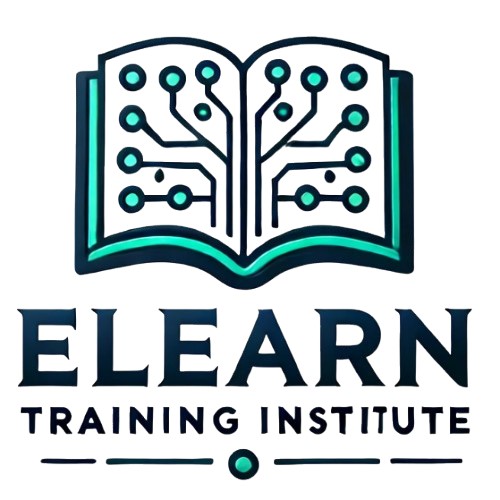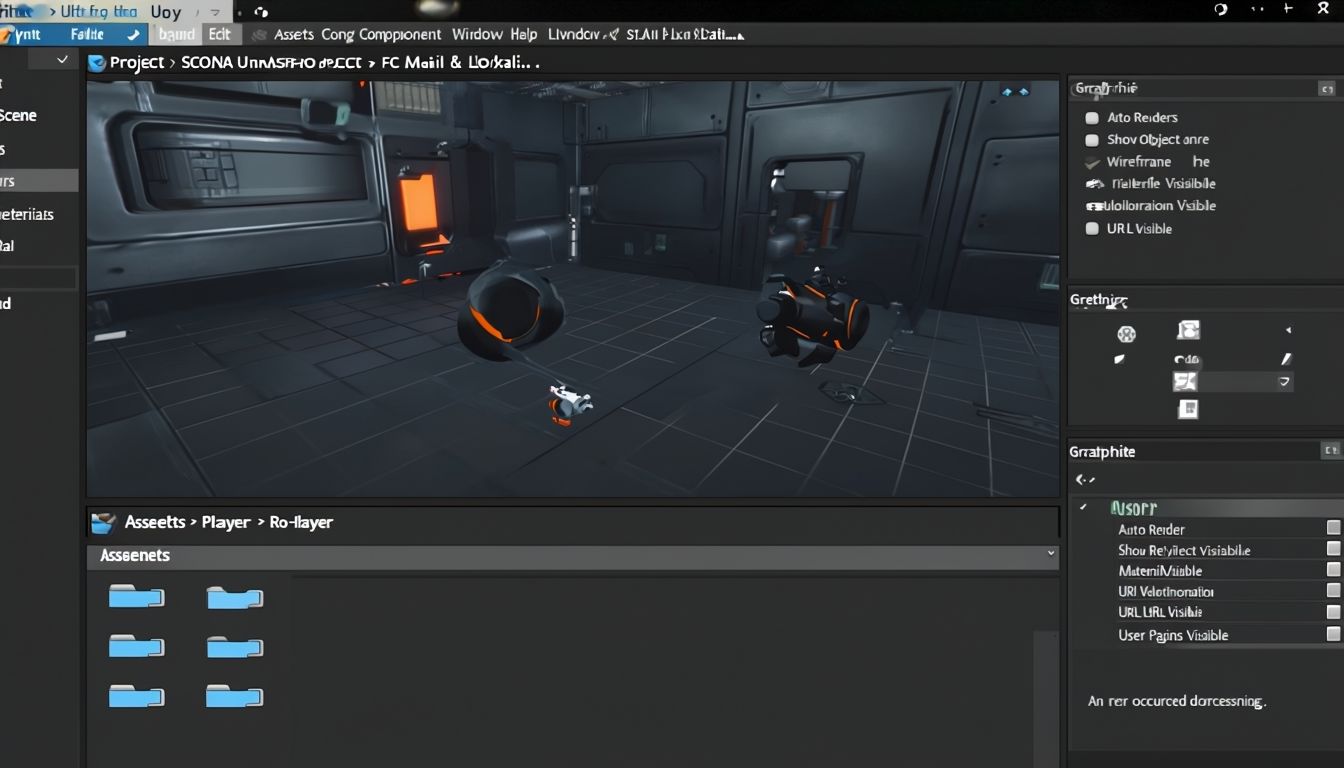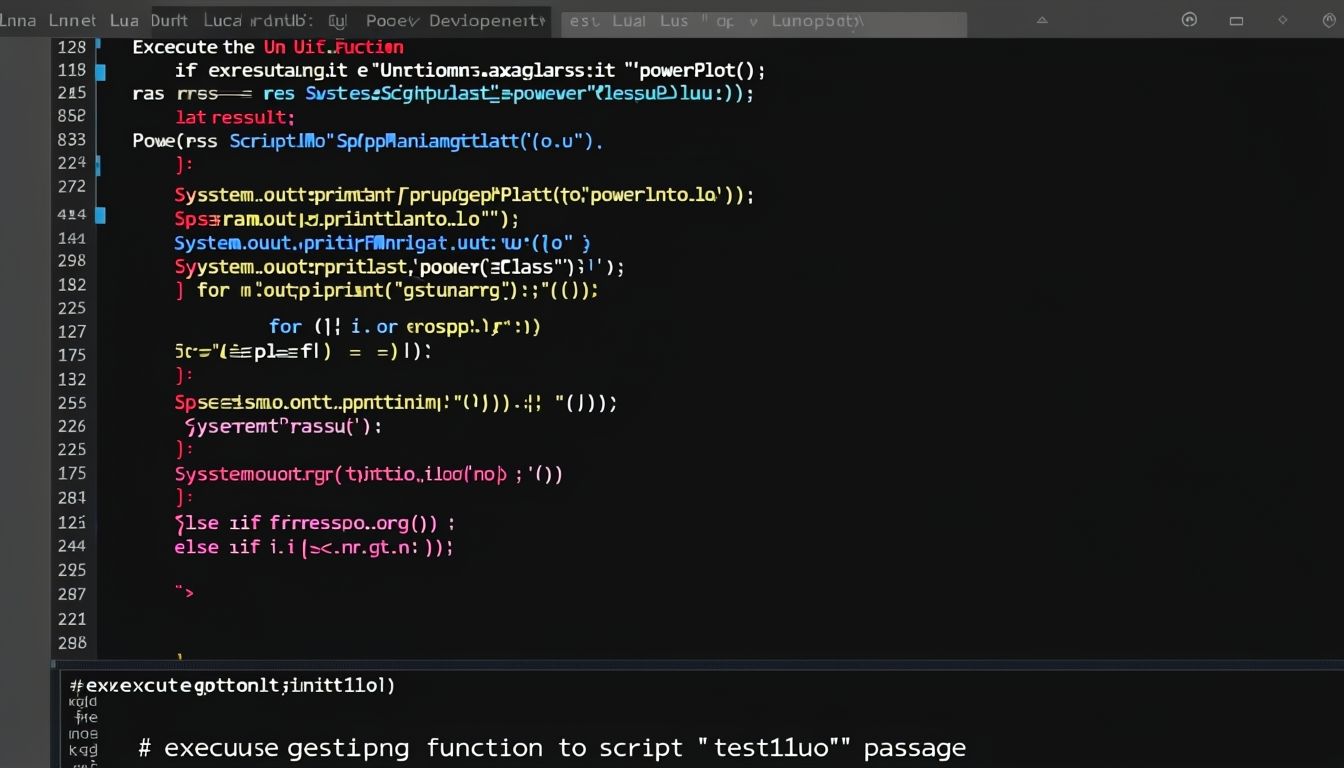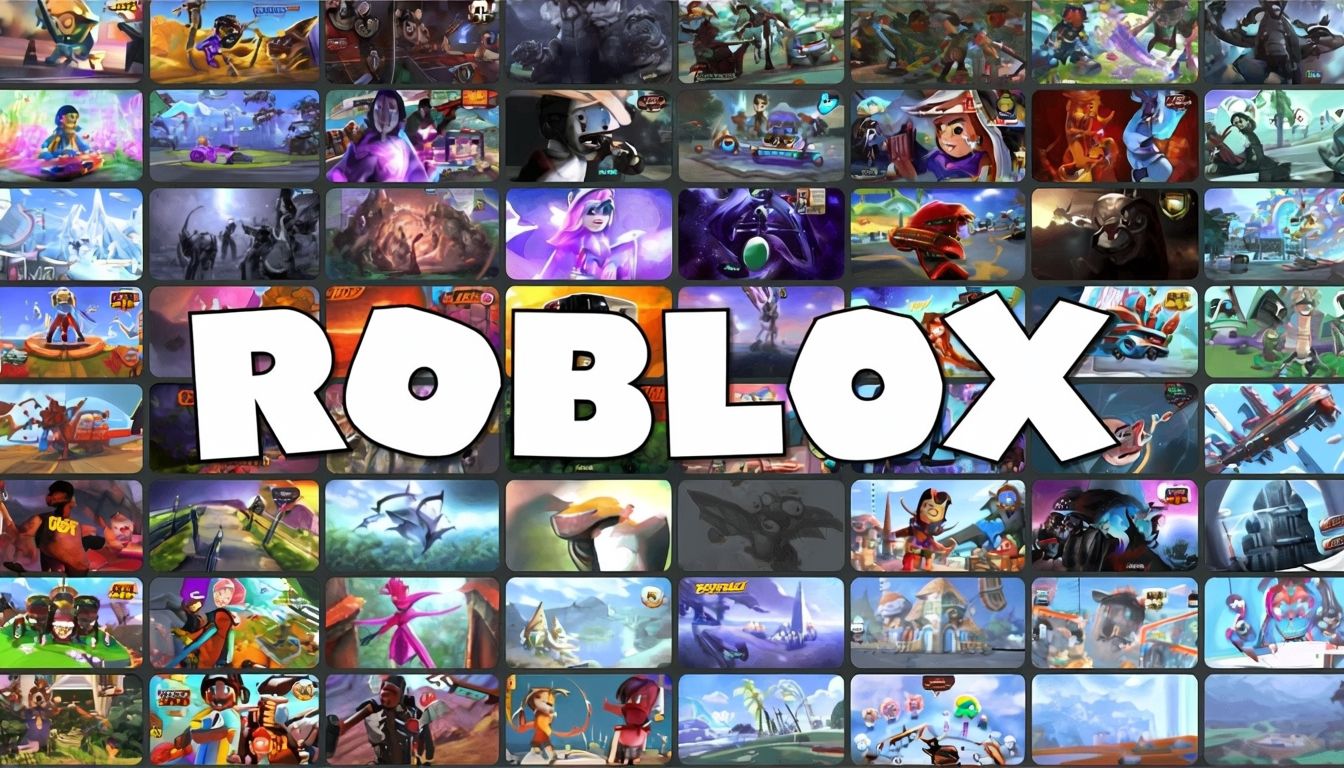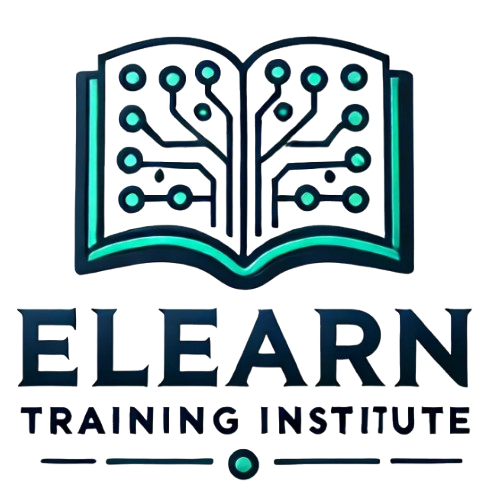What is LLaMA?
LLaMA is a family of
open-source language models developed by
Meta (formerly Facebook). These models are designed to handle a wide variety of natural language processing (NLP) tasks, such as content generation, summarization, translation, and more.
Key characteristics of
LLaMA:
- Open-source: LLaMA is accessible to the public, enabling research, experimentation, and further development by developers and organizations.
- Scalable: Available in different sizes, ranging from smaller models (e.g., 7 billion parameters) to large ones (e.g., 65 billion parameters). This flexibility allows for customization based on specific needs.
- Efficiency: LLaMA models are trained to be computationally efficient while delivering high performance across various NLP tasks.
Purpose of LLaMA
The primary purpose of
LLaMA is to offer a competitive,
open-source alternative to proprietary models like
GPT and
BERT, enabling more democratized access to powerful language models. Meta’s goal is to allow the research community and developers to explore and build on these models, facilitating innovation without the barriers of expensive, proprietary systems.
Key Features and Design of LLaMA
- Training Efficiency: LLaMA is trained on a wide range of diverse datasets to handle various NLP tasks. However, it is designed to be more resource-efficient than models like GPT-3. This makes it more accessible to organizations with limited computational resources.
- Scalability: With models available in different sizes, LLaMA is adaptable to specific tasks. Smaller models can be fine-tuned quickly for specialized tasks, while larger models can be used for more complex tasks requiring higher accuracy and processing power.
- Open Source: One of LLaMA’s defining features is its open-source nature, meaning it is freely available for use, modification, and fine-tuning by anyone in the community. This encourages widespread use and development.
Use Cases of LLaMA
LLaMA can be applied in various industries and for a wide range of NLP tasks. Some common use cases include:
- Content Generation: LLaMA can be used to generate articles, blog posts, or social media content automatically, making it useful for marketing teams and content creators.
- Chatbots: LLaMA can power intelligent chatbots and virtual assistants, helping with customer service, information retrieval, and even entertainment.
- Text Summarization and Translation: LLaMA is capable of summarizing long documents and translating text between languages, offering a quick way to understand and convert content.
- Code Generation: LLaMA can assist in writing and debugging code, similar to tools like GitHub Copilot, making it a valuable tool for software developers.
Key Differences Between LLaMA and Other Models
Now, let’s compare
LLaMA with other well-known models like
GPT,
BERT, and
T5. Each of these models has unique strengths, making them suitable for different types of tasks.
LLaMA vs GPT (Generative Pre-trained Transformer)
- GPT (e.g., GPT-3): GPT is an autoregressive model, which means it predicts the next word in a sequence of text. It’s widely known for generating human-like text and excelling in tasks like content creation and conversation.
- LLaMA: Like GPT, LLaMA is also a generative model, but it is designed to be more efficient and flexible. It comes in a range of sizes, which makes it more adaptable for different tasks. While GPT-3 has 175 billion parameters, LLaMA models are smaller in size but still perform competitively across various NLP tasks.
Key Difference: LLaMA is a more
resource-efficient alternative to GPT, offering similar performance with smaller models that require less computational power.
LLaMA vs BERT (Bidirectional Encoder Representations from Transformers)
- BERT: BERT is a bidirectional model, meaning it considers both the left and right context of a word to understand its meaning. BERT excels at tasks that require context understanding, such as question answering, sentiment analysis, and classification. It uses a “masked language model” approach where some words are hidden, and the model is trained to predict them.
- LLaMA: In contrast to BERT, LLaMA is a causal model (like GPT), meaning it predicts the next word in a sequence. While BERT is excellent at understanding context for tasks like classification, LLaMA is more versatile for both generation and understanding tasks.
Key Difference: BERT is stronger at tasks requiring deep
context understanding, while LLaMA is better suited for tasks that require coherent text generation and understanding.
LLaMA vs T5 (Text-to-Text Transfer Transformer)
- T5: T5 is designed to treat every NLP task as a text-to-text problem, meaning tasks like translation, summarization, and question answering are framed as generating a sequence of text from another sequence.
- LLaMA: While LLaMA can be used for both generative and discriminative tasks, it is not strictly tied to a text-to-text framework like T5. LLaMA is more flexible, as it can handle a variety of tasks without being restricted to the text-to-text paradigm.
Key Difference: T5 is more rigid in its approach by treating all tasks as text-to-text, while LLaMA is more versatile and adaptable to different types of NLP tasks.
